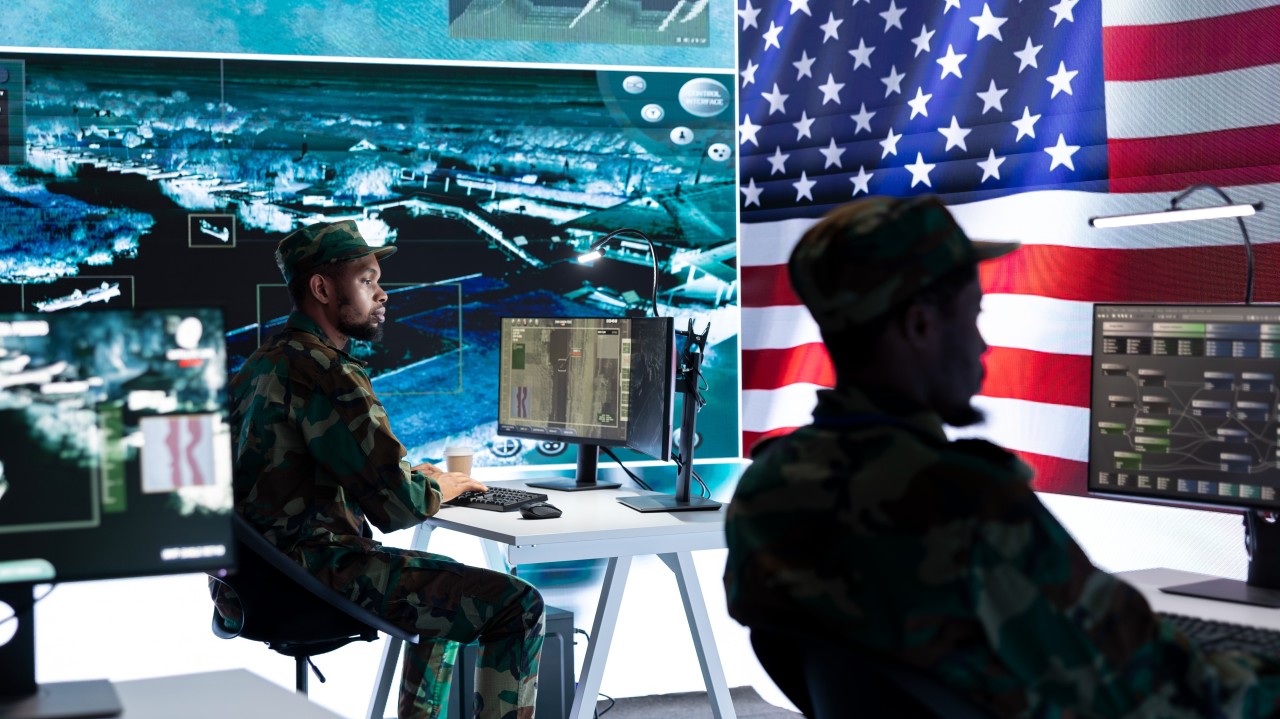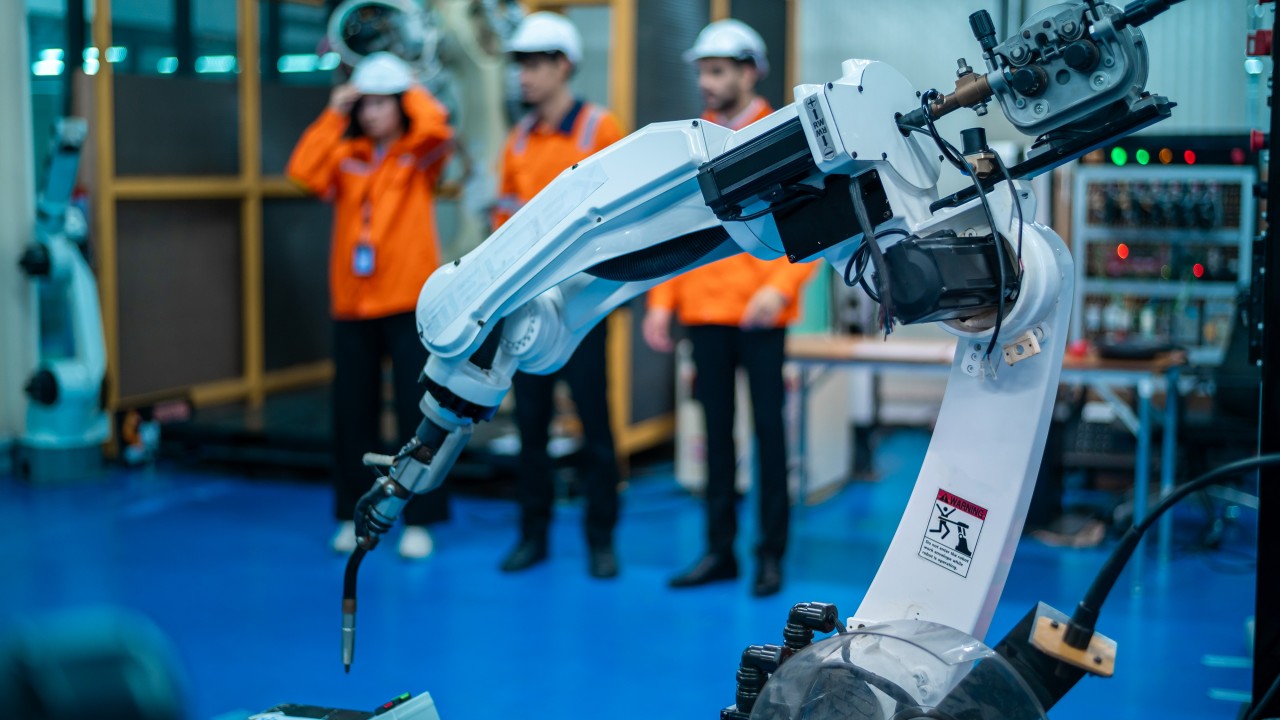
Why Simulation-Based Learning is Perfect for High-Stakes Industries
In high-risk industries such as aviation, healthcare, the military, oil and gas, and manufacturing, the cost of error is exceptionally high. Mistakes can lead to financial losses, reputational damage, or even human casualties. This is why these industries have increasingly embraced simulation-based learning (SBL), a method of training that replicates real-world scenarios in a controlled environment. By allowing employees to practice and make mistakes without real-world consequences, simulation-based learning proves to be one of the most effective ways to prepare for high-pressure situations.
The Value of Realistic, Controlled Environments
The core benefit of simulation-based learning is that it offers a safe space where trainees can learn from their mistakes without the risks associated with real-life training. These simulations can replicate everything from complex surgical procedures to emergency flight maneuvers, giving learners the chance to practice their skills repeatedly until they achieve mastery.

Example in Aviation: Pilots typically train using flight simulators, which replicate real-world flight conditions, including turbulence, bad weather, and mechanical failures. This allows pilots to practice emergency landings, engine failure responses, and other critical skills in a realistic environment, all without ever leaving the ground. Companies like Boeing and Airbus Aircraft integrate these simulators as a mandatory part of their training programs, ensuring pilots are equipped to handle high-pressure situations when they take control of an actual aircraft.
Simulation-Based Learning for Oil Rig Workers
The oil and gas industry, particularly in offshore operations, is one of the highest-risk sectors. Workers on oil rigs are exposed to hazardous environments where mistakes could lead to equipment failures, oil spills, or even explosions. Simulation-based learning plays a critical role in preparing workers for these dangers, allowing them to practice emergency responses and technical operations before stepping onto the rig.

Example in Oil and Gas: Companies like Shell and Chevron use advanced simulations to train rig operators and engineers on managing blowouts, fire control, and evacuation procedures. These simulations replicate the exact conditions found on an offshore oil rig, such as harsh weather, equipment malfunctions, and emergency evacuation. This immersive training is essential for ensuring that oil rig workers can respond quickly and correctly to life-threatening situations.
Oil companies often use well control simulators, which allow rig operators to practice handling unexpected blowouts or gas kicks. These simulations enable workers to gain experience managing complex well systems under pressure without the risk of real-world accidents.
Reducing Downtime in Manufacturing with Simulation Training
In the manufacturing industry, machinery breakdowns are costly not only because of the repairs but also due to the production downtime that follows. When factory machines malfunction, it halts the entire production line, leading to significant financial losses. Simulation-based learning can help employees understand how to prevent machine breakdowns, quickly diagnose issues, and effectively repair equipment, all while minimizing production loss.

Example in Manufacturing: Companies like General Electric GE and Siemens use simulations to train factory technicians and machine operators on performing preventive maintenance and diagnosing malfunctions in heavy machinery. This training allows technicians to practice repairs on virtual models of machines before encountering real-world breakdowns. For example, CNC machine simulations replicate the behavior of computer-controlled manufacturing equipment, enabling workers to practice fault detection and repair without risking production delays.
Simulations also teach employees how to identify early warning signs of mechanical failure and apply preventive measures to avoid full-scale breakdowns. By reducing downtime and preventing machine failure, factories save on repair costs and keep production lines running smoothly.
Instant Feedback and Iterative Learning
One of the greatest strengths of simulation-based learning is the immediate feedback it offers. In real-time, employees can see how their decisions affect outcomes, providing valuable learning opportunities. After completing a simulation, participants can review their performance, understand their mistakes, and improve. This rapid feedback loop creates an iterative learning process, where mistakes become essential to learning and growth.

Example in Healthcare: Medical students and surgeons train using virtual reality (VR) simulations that mimic surgeries, allowing them to practice procedures in a risk-free environment. With technologies like VR, trainees can even receive guided instruction while performing the simulation, ensuring a deeper understanding of the techniques required to complete a surgery successfully. This is crucial in high-stakes medical fields like neurosurgery or emergency trauma care, where a single error can have fatal consequences.
Bridging the Gap Between Theory and Practice
Simulation-based learning closes the gap between theoretical knowledge and hands-on experience. While classroom learning is important, it cannot fully prepare employees for the pressures they will face in the field. Simulations allow learners to apply their knowledge in real-world situations, making the transition from theory to practice smoother and more effective.

Example in the Military: The military has long used simulation-based training for soldiers. Virtual battlefields and combat scenarios allow soldiers to practice tactical maneuvers and strategic decision-making without the risks of live training. Advanced technologies like augmented reality (AR) and virtual reality help soldiers engage in lifelike combat scenarios, preparing them for deployment in war zones. This method allows soldiers to refine their skills before entering actual combat, significantly reducing the chances of costly or dangerous mistakes.
Reducing Costs While Maximizing Efficiency
In high-risk industries, traditional training methods are often expensive and resource-intensive. For example, in aviation, the cost of using real aircraft for training purposes can be prohibitively high. Simulation-based learning offers a cost-effective solution, allowing companies to train employees using digital or virtual tools rather than physical assets. This method not only reduces costs but also enables large-scale training programs that can be scaled and repeated.

Example in Nuclear Power: Operators of nuclear plants undergo extensive training on simulators that replicate the control rooms of nuclear reactors. These simulators allow operators to practice handling emergencies such as reactor shutdowns or power failures. The ability to repeat these exercises under different conditions ensures operators are prepared for the rare but potentially catastrophic events they may face on the job. Simulating such scenarios in a real-world environment would not only be costly but also incredibly dangerous, making simulations the ideal solution.
Continuous Skill Development and Lifelong Learning
One of the most valuable aspects of simulation-based learning is its role in continuous education. In high-stakes industries, the need for ongoing skill development is critical. Technology evolves, new protocols are introduced, and regulations change, all of which require employees to stay updated. Simulation-based training programs can be easily updated and modified to reflect current industry standards and best practices.

Example in Emergency Services: Firefighters and paramedics frequently use simulation-based learning to prepare for emergency situations, from building fires to car crashes. Through simulations, they can practice their response to rapidly evolving scenarios, enhancing their decision-making skills and reaction times. This ongoing training ensures that first responders are always ready to handle high-stress situations with confidence and competence.
The Reasons Why Organizations Should Invest In Simulation Training
Cost Reduction from Decreased Equipment Downtime
Prevention of Expensive Breakdowns: In manufacturing and industries reliant on complex machinery, simulation training allows employees to practice troubleshooting and repairs, which can reduce equipment failures and minimize production downtime. Preventative maintenance can be practiced in simulations, keeping machines running longer and more efficiently.
Enhanced Safety and Risk Reduction
Lowering the Risk of Workplace Accidents: In hazardous environments, such as oil rigs, factories, or construction sites, the ability to train employees through simulations can significantly reduce the risk of accidents. Workers can familiarize themselves with safety protocols and practice emergency procedures without real-world danger.
Reducing Liability: Proper training in critical environments lowers the chances of human error, decreasing the risk of lawsuits, insurance claims, and other liabilities that arise from accidents or non-compliance.
Scalability and Consistency in Training
Uniform Training Across Locations: Simulation training can be implemented consistently across multiple company locations or facilities, ensuring that all employees receive the same high-quality training, regardless of location.
Easily Scalable: As the company grows, simulation-based training can be scaled up easily. New employees or trainees can go through the same simulations with minimal additional costs.
Increased Operational Efficiency
Faster Onboarding: By allowing new employees to interact with real-world scenarios virtually, simulation training shortens the learning curve. This leads to quicker onboarding and employees being fully operational in a shorter amount of time.
Improved Skill Retention: Studies show that experiential learning, like simulations, leads to higher knowledge retention. Employees better recall what they’ve practiced in a hands-on environment, leading to fewer errors on the job.
Long-Term Cost Savings
Reducing the Need for Physical Resources: Training employees through real-world drills and equipment can be resource-intensive. Simulations replace the need for physical assets (e.g., planes, rigs, etc.), thus saving on materials and reducing wear and tear on expensive equipment.
Lower Operational Costs: Simulation-based training can reduce the need for expensive trainers, materials, or travel costs. Once created, simulations can be reused at scale with minimal ongoing costs.
Regulatory Compliance and Standards
Compliance Training: Simulation-based training can be tailored to meet industry-specific regulations and compliance requirements, helping companies avoid costly fines and ensuring that employees are trained according to the latest industry standards.
Preparedness for Inspections and Audits: Employees who are well-trained through simulations are better prepared for inspections and audits, reducing the risk of compliance issues and associated penalties.
Adaptability to Technological Advances
Future-Proofing Training Programs: As industries adopt new technologies and regulations, simulations can be easily updated. This ensures that employees are always trained on the latest tools and processes, making it a flexible and sustainable investment.
Simulations and other training allows employees to gain hands-on experience in a risk-free environment, making it easier to apply theoretical knowledge to real-world situations. Whether it’s flying a plane, performing surgery, working on an oil rig, repairing factory machinery, or responding to a nuclear emergency, simulation-based learning ensures that employees are better equipped to handle the pressures of their jobs. As technology continues to evolve, simulation-based training will likely become even more integrated into these industries, helping to reduce risk and improve performance.





